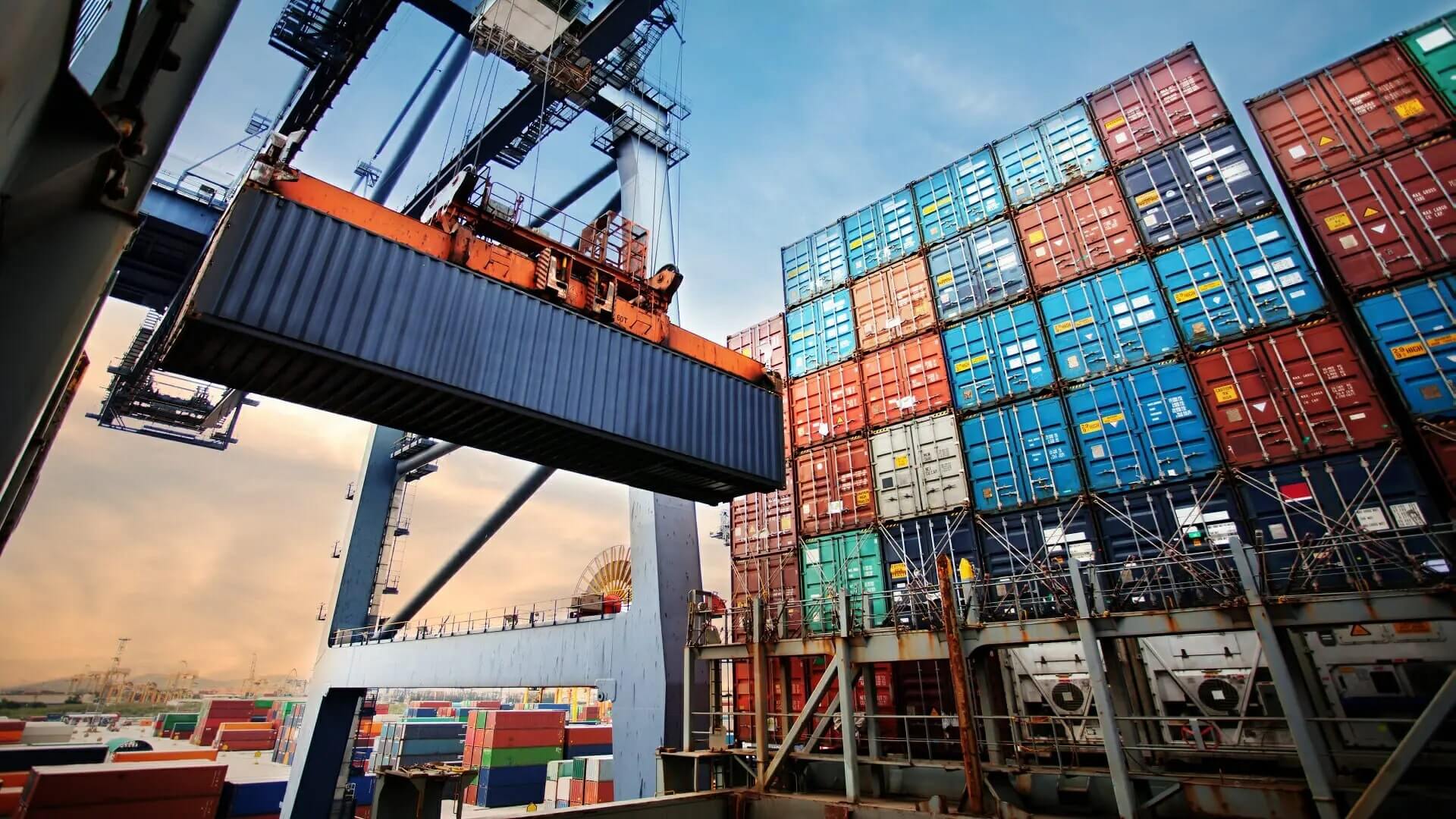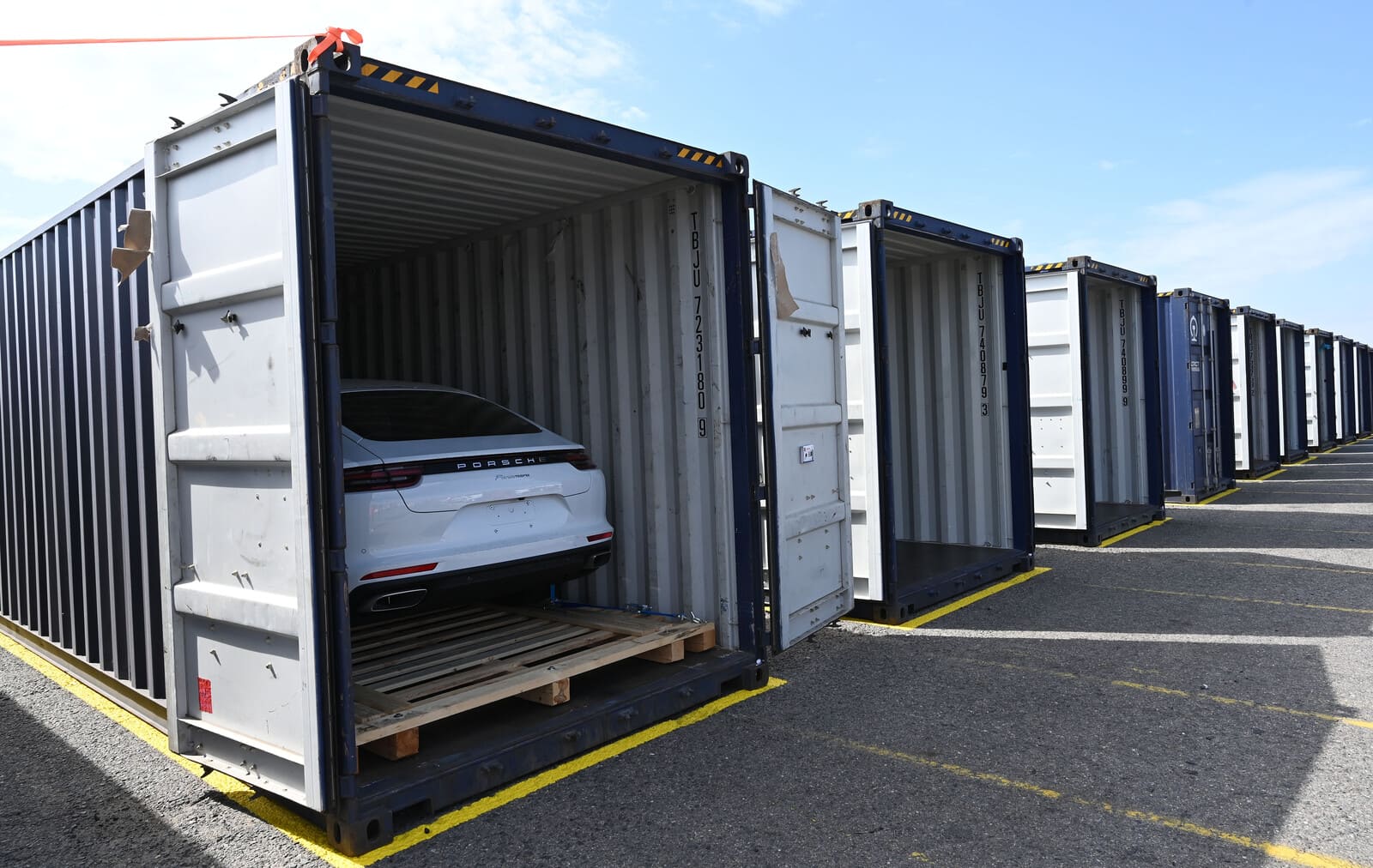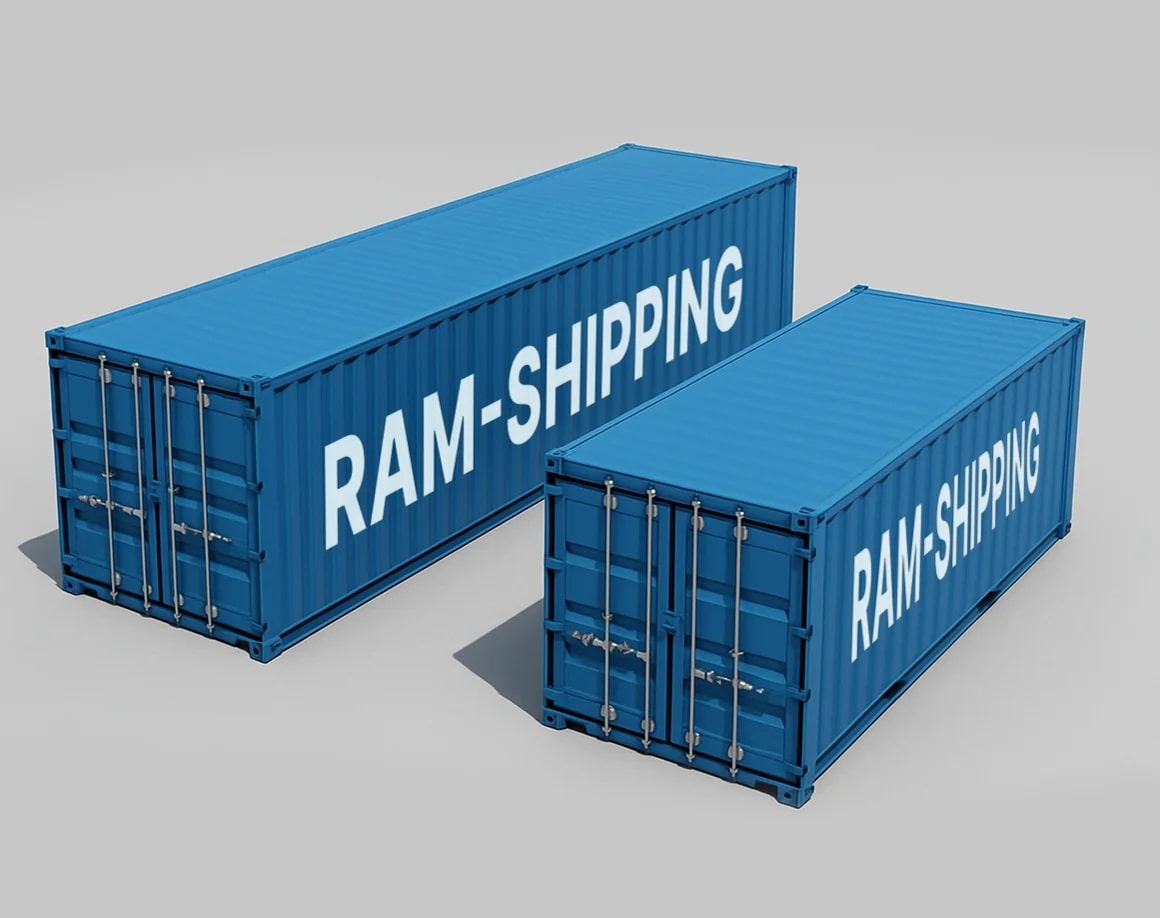
In the world of logistics and transportation, numerous specialized terms describe specific processes and services. One such term is “drayage,” a critical component of the shipping industry that plays a pivotal role in the movement of goods. This article delves into the meaning of drayage, its significance, and the different classifications that exist within this essential service.
Understanding Drayage
Drayage refers to the short-distance transport of goods, typically by truck, between various points such as ports, rail terminals, warehouses, and distribution centers. This service is essential for the smooth transition of cargo from one mode of transportation to another, facilitating the movement of goods through the supply chain.
The term originates from the word “dray,” which historically referred to a cart or wagon used to haul goods. Today, drayage is an integral part of intermodal transportation, ensuring that cargo seamlessly transitions between ships, trains, and trucks.
Importance of Drayage in Shipping
Drayage is a critical link in the logistics chain for several reasons:
- Efficiency: Drayage services streamline the transfer of goods, reducing delays and ensuring that shipments move quickly through various stages of the supply chain.
- Flexibility: It allows for the flexible movement of cargo, adapting to the unique needs of different shipping methods and destinations.
- Cost-Effectiveness: By minimizing the time goods spend in transit, drayage helps to lower overall transportation costs, benefiting both shippers and receivers.
- Reliability: Drayage services provide a dependable means of transporting goods over short distances, ensuring that cargo reaches its next destination without unnecessary complications.
Classifications of Drayage
Drayage can be classified into several categories based on the nature of the service provided and the specific requirements of the shipment. Here are the primary classifications:
1. Port Drayage
Port drayage involves the movement of cargo from a port to a nearby location, such as a warehouse or distribution center. This type of drayage is crucial for the import and export of goods, ensuring that containers are efficiently transported to and from port facilities.
2. Rail Drayage
Rail drayage refers to the transport of goods between a rail terminal and another location, such as a warehouse or manufacturing facility. This service is essential for intermodal transportation, where cargo is transferred between trains and trucks for further delivery.
3. Inter-Carrier Drayage
Inter-carrier drayage involves the transfer of goods between different carriers. For example, moving cargo from one rail line to another or from a rail line to a trucking company. This type of drayage ensures seamless connectivity between various modes of transportation.
4. Intra-Carrier Drayage
Intra-carrier drayage occurs within the same carrier’s network, such as moving cargo from one terminal to another within the same port or rail yard. This service helps streamline operations and optimize the flow of goods within a single carrier’s system.
5. Expedited Drayage
Expedited drayage is used when time-sensitive shipments require rapid transport over short distances. This service is often utilized for high-priority cargo that needs to be moved quickly to meet tight deadlines.
6. Door-to-Door Drayage
Door-to-door drayage involves the complete transportation of goods from the point of origin to the final destination, including the initial drayage leg. This comprehensive service ensures that cargo is handled efficiently throughout the entire shipping process.
Challenges in Drayage
Despite its importance, drayage faces several challenges that can impact its efficiency and reliability:
- Congestion: Ports and rail terminals can become congested, leading to delays in the drayage process. Efficient management and coordination are essential to mitigate these issues.
- Regulations: Drayage services must comply with various regulations, including environmental and safety standards. Staying compliant can be complex and requires continuous monitoring.
- Driver Shortages: The trucking industry often faces shortages of qualified drivers, which can impact the availability of drayage services. Recruitment and retention strategies are crucial to addressing this issue.
- Costs: Rising fuel costs and operational expenses can affect the cost-effectiveness of drayage services. Efficient route planning and cost management are vital to maintaining affordability.
Drayage is a fundamental component of the shipping industry, facilitating the efficient and reliable movement of goods over short distances. Understanding the various classifications of drayage and the challenges it faces can help businesses optimize their logistics operations and ensure the seamless flow of cargo through the supply chain. Whether it’s moving containers from a port to a warehouse or transferring goods between rail lines, drayage plays a pivotal role in modern transportation, underscoring its importance in the global logistics landscape.



